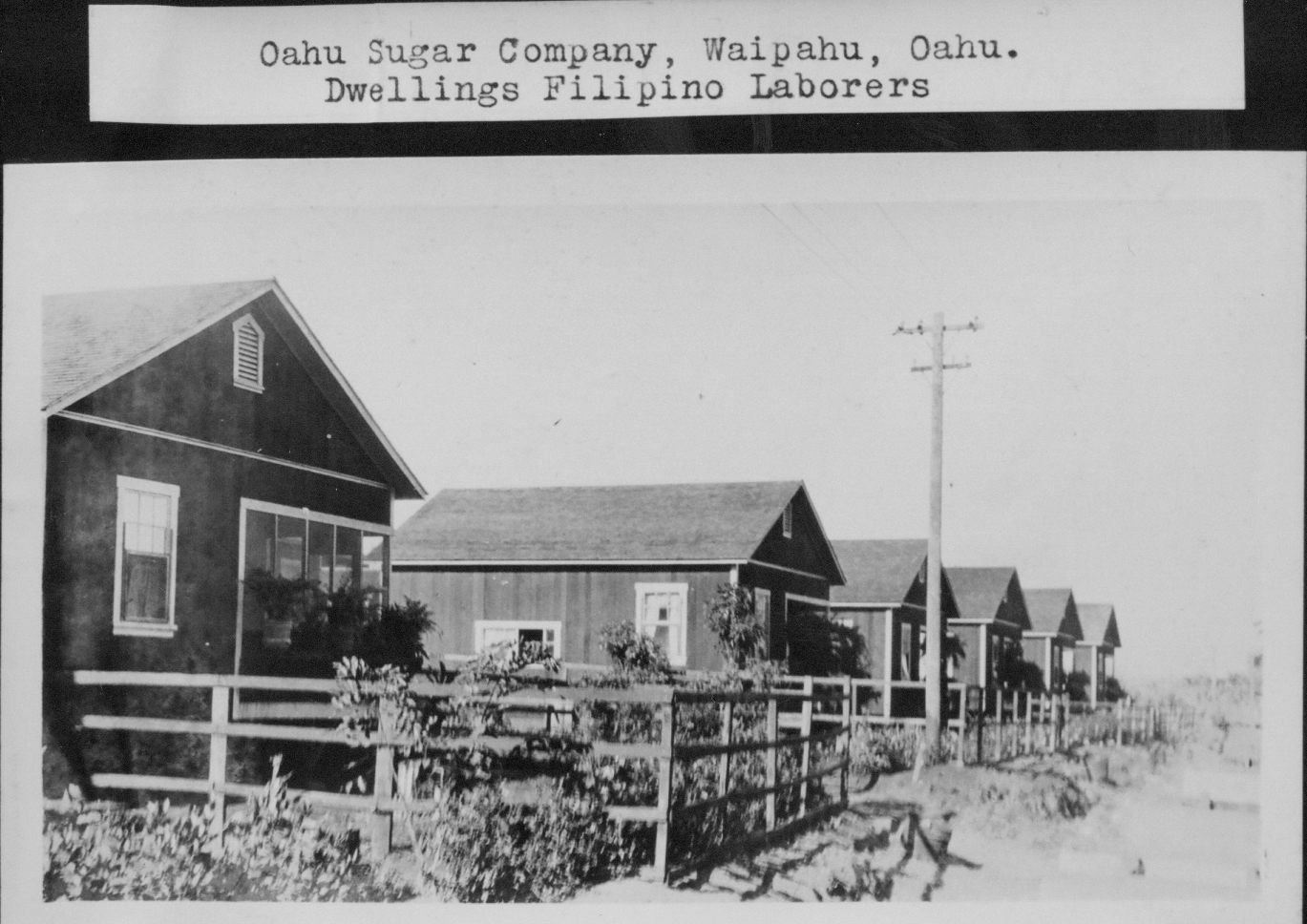It wasn’t the same back then; they didn’t have two cars in the garage and other mobility options. Back then, land travel was only foot traffic, over little more than trails and pathways.
In 1803, the first horses arrived. However, until the mid-1800s, overland travel was predominantly by foot and followed the traditional trails.
By the 1840s, the use of introduced horses, mules and bullocks for transportation was increasing, and many traditional trails were modified by removing the smooth stepping stones that caused the animals to slip.
In 1868, horse-drawn carts operated by the Pioneer Omnibus Line went into operation in Honolulu, beginning the first public transit service in the Hawaiian Islands.
The first gasoline-powered automobile arrived in the Islands in 1900. That year, an electric trolley (tram line) was put into operation in Honolulu, and then in 1902, a tram line was built to connect Waikīkī and downtown Honolulu. The electric trolley replaced the horse/mule-driven tram cars.
“In those days – there were only four automobiles on Oahu in 1901 – you lived downtown because you worked downtown, you couldn’t live in Kaimuki or in Manoa.” (star-bulletin) The tram helped changed that.
In 1899, one of Honolulu’s first subdivisions was laid out – Pacific Heights, just above Honolulu. They built the Pacific Heights Electric Railway to support the housing development.
If you look at the layout and topography of Pacific Heights, due to the slope, as you go up the hill, the road switches back and forth – making the walk a lot longer. You quickly see the challenges those in the middle or upper section have in getting to the bottom.
It is not clear how far the tram traveled up the subdivision; but if you lived near the top and needed to get up/down the hill, you had a long way to go to get there.
The developer must have seen that, too.
Hidden in overgrowth (or in use by neighboring properties,) is a flight of stone steps from the bottom of the subdivision to the middle section of the subdivision (as the road bends back, just above the Water Department facility;) it was in the original subdivision.
Middle and upper homeowners walking up/down the hill could bypass the lower switchbacks and take a bee-line to/from the bottom.
Early mapping of the subdivision notes this short cut down the hill.
While Charles Desky (the developer) is reported to have “pulled several shady land transactions”, he got it right, here – with the stone step short cut. The images show portions of the stone steps in the Pacific Heights short cut.
Follow Peter T Young on Facebook
Follow Peter T Young on Google+
Follow Peter T Young on LinkedIn
Follow Peter T Young on Blogger













































































































